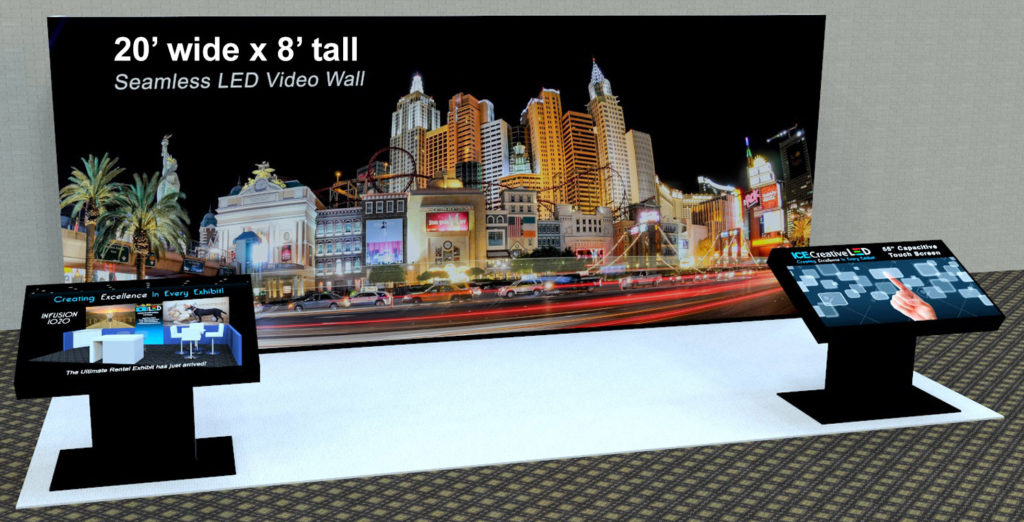Perfecting Hue Accuracy in Light Emitting Diode Display Adjustment for Stunning Visual Presentations
Perfecting Hue Accuracy in Light Emitting Diode Display Adjustment for Stunning Visual Presentations
Blog Article
Hue accuracy is essential for creating stunning graphic presentations, particularly when employing LED screens. These massive displays are frequently found in locations like music venues, sports arenas, and promotional billboards. When the hues on an LED screen are not correct, the images can look dull or distorted, which can affect the overall impression for audiences. Therefore, perfecting color precision in LED wall calibration is crucial for attaining lively and realistic images.
The initial step in guaranteeing color precision is understanding how LED systems works. LEDs, or light-producing diodes, generate light in multiple colors by combining red, green, and blue (RGB) light. Each pixel on an LED screen is made up of these three colors. When tuned properly, the combination of RGB can produce a broad range of hues. However, if one color is too intense or too faint, it can throw off the entire screen. This is why tuning is needed to balance the hues and achieve the desired graphic result.
Tuning entails adjusting the configurations of the LED screen to ensure that the colors shown correspond the initial material as closely as feasible. This procedure typically involves using specialized software and hardware instruments. Technicians often use color measurement devices, such as color meters, to analyze the hues being shown. By comparing the measured hues to benchmark color standards, they can make precise adjustments. This guarantees that the colors are not only vibrant but also consistent across the whole display.
Another important factor of color accuracy is comprehending the environment in which the LED screen is employed. Elements such as surrounding light can significantly affect how colors look. For example, a well-lit illuminated room may fade hues, making them look less vibrant. To mitigate this, technicians may adjust the luminosity and contrast configurations of the LED screen. Additionally, they learn about this here now may choose specific color settings that are better appropriate for different lighting environments. This adaptability helps preserve color precision regardless of the observing surroundings.
Finally, routine maintenance and recalibration are crucial for maintaining an LED wall looking its finest. Over time, the functionality of LEDs can alter due to factors like aging and heat fluctuations. Regular checks and modifications can help ensure that the colors stay correct and vibrant. By committing time in appropriate calibration and upkeep, venues can offer viewers with breathtaking visual displays that enhance their overall impression. Perfecting color accuracy in LED wall tuning is not just a technical task; it is an art that adds to the magic of graphic narration.